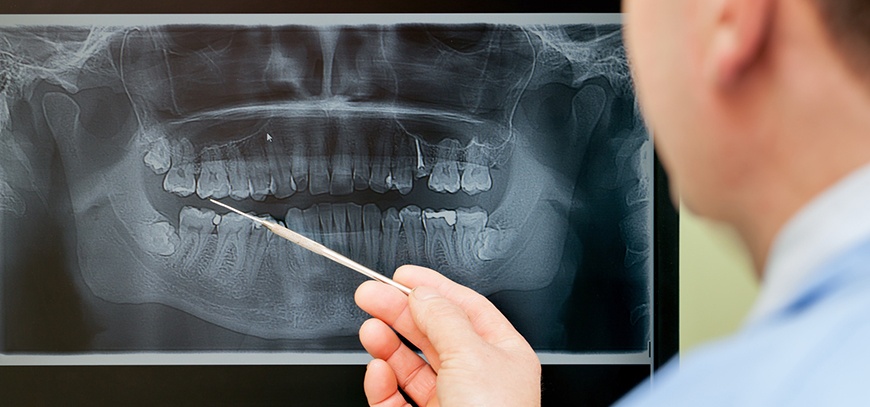Working Time
- Mon-Sat 10:00 – 19:00
Contact Info
-
+90 542 512 51 64
Ask the Experts
Sinus Lift Surgery

The road to strong and healthy dental implants isn’t always simple, but when necessary, a sinus lift procedure is definitely a step on the road to a full and healthy smile. This relatively common procedure makes it possible to enjoy the full benefits of dental implants, even after significant bone loss.
What is a Sinus Lift?
A sinus lift, also called sinus augmentation, is a procedure that makes it easier to place dental implants. Some patients need dental implants but have suffered bone loss, thus not having sufficient bone support necessary for implants. You can get the support you need by having a sinus augmentation.
This procedure increases the amount of bone in the upper jaw that is required for dental implants. This is one of the most common bone grafting procedures for dental implant patients.
Often times, sinus augmentations are one of the many procedures done during a full mouth reconstruction.
Who needs a Sinus Augmentation?
Over the last 25 years, dental implants have become more readily available, making them an increasingly common dental procedure. As more people get dental implants to replace missing teeth, sinus lifts also have become more common.
A sinus augmentation may be necessary if you are missing teeth and jawbone in the back of your jaw, near your sinuses. Jawbone and teeth in this area could be lost due to birth defects, periodontal disease, cancer, other medical conditions, or just the natural healing process. A sinus lift can also be used if your sinuses are too close to your upper jaw and you need more space to place the implant.
The Procedure
The sinus lift procedure is a safe and straightforward procedure. and is generally performed at the prosthodontist’s or oral surgeon’s office. The entire process takes between 90 minutes to two hours.
- First, the patient is sedated using local and/or general anesthesia. If necessary, a doctor may use nitrous oxide, but this is less common.
- Next, the surgeon will cut the gum tissue where your back teeth used to be to expose the jawbone.
- With the tissue raised, and the jawbone exposed, the surgeon will cut a small circle in the bone through which they can gently push on the membrane of the sinuses.
- As the bony piece is lifted into the sinus cavity space the hole is filled with bone graft.
- After this is done, the procedure is complete and the surgeon will close the incision with sutures.
Patients are able to go home after they wake from the anesthesia. After the sinus lift procedure, most patients experience a little swelling and bleeding, but only minimal discomfort. The most important part of recovery is to keep the bone graft in place, so it’s important to avoid blowing your nose (or sneezing, if possible). Either of these things could cause the bone-graft material to move and loosen the stitches.
When you go home, you will likely get a saline spray to keep your nose moist, a prescription to prevent congestion and swelling, a prescription for pain medicine, an antibiotic, and/or an antimicrobial mouthwash to help prevent infection. Most patients will be in bed with ice around the area for a day or so until they can resume normal activities.
You will have a follow-up appointment with the dental specialist, during which, the specialist will examine the surgical site and may remove any stitches that have not dissolved on their own.
A full recovery from a sinus lift takes a minimum of 6 months for the sinuses to heal and the bone to be strong enough to support dental implants. Although the process may seem slow, you are working towards results that will last a lifetime.
Dental fillings are a very good way to repair tooth cavities, and they can stop toothache while preventing further tooth decay. But it’s much better to avoid tooth fillings in the first place. You can help to do this, with advice from a dental hygienist or dentist, by:
- Avoiding/cutting down and managing your intake of sugary or acidic foods and drinks. If you sip on a sugary drink throughout the day, for example, your teeth are exposed to the sugar for longer, and your mouth doesn’t have chance to recover
- Seeing a dentist and/or dental hygienist regularly
- Cleaning between your teeth before brushing
- Brushing your teeth twice a day for two minutes
- Using the right toothpaste; not all types of toothpaste are the same, and different types are better suited for different needs depending on your age and a variety of other factors
- Kindly visit our Price List for our prices. Do take note that if your case is severe and you might need more bone graft material, the cost of the surgery typically increases.
Contact our online consultants to give you advice on WhatsApp number +90 542 512 51 64. You want to ensure you are working with a thorough and qualified professional when considering a Sinus Lift.
A sinus lift is a surgical procedure and therefore carries some inherent risks. The main risk of this surgery is the piercing or tearing of the membrane. If this happens, it can be repaired and the surgery can continue. Sometimes, in the case of a larger tear, the membrane would need to be given time to heal before the lift can take place again later.
The bigger risk is a sinus infection. Your surgeon will give you medication to protect against this and you should be careful not to sneeze or blow your nose too heavily to avoid moving the bone graft material or dislodge your stitches.
